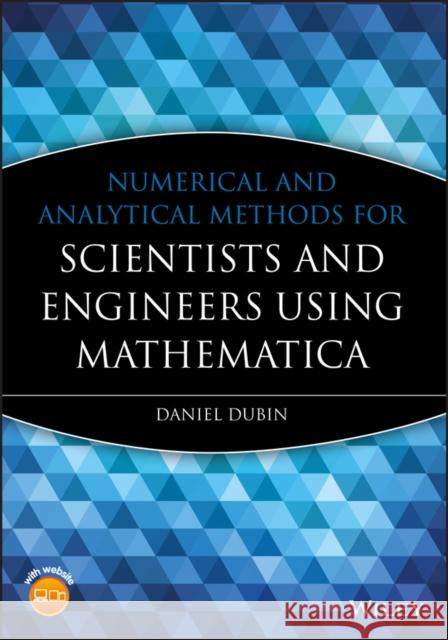Numerical and Analytical Methods for Scientists and Engineers Using Mathematica » książka
topmenu
Numerical and Analytical Methods for Scientists and Engineers Using Mathematica
ISBN-13: 9780471266105 / Angielski / Twarda / 2003 / 656 str.
- The electronic component of the book is based on the widely used and highly praised Mathematica software package.
- Each chapter of the bookis a Mathematica notebook with links to web-based material.
- The methods are applied to a range of problems taken from physics and engineering.
- The book covers elementary and advaned numerical methods used in modern scientific computing.











